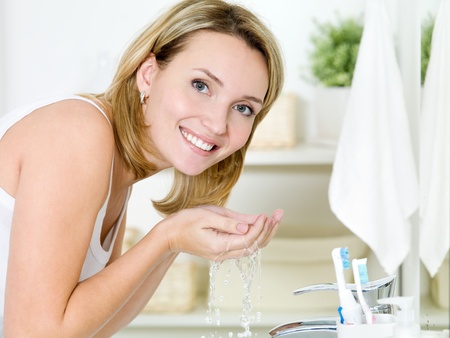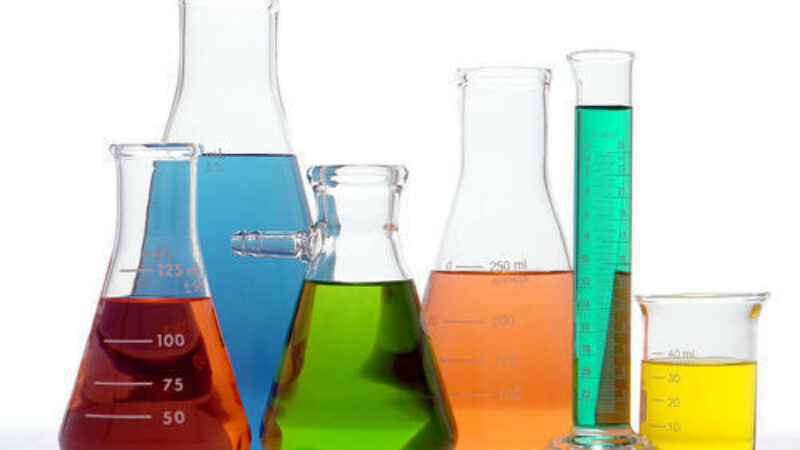Thanks to some great training from Mom and “back-to-basics” tips on how to wash your face effectively, we’ve got the steps down pat, but do we know what look for in a facial cleanser? All cleansers are not made equally. A quick peek at the list of ingredients will give us a good indication of whether the product we’ve chosen has everything we want (or even some things we don’t!).
A facial cleanser’s main job is, well, to clean, and that’s where surfactants come in. Their role is to break down the dirt and oil on our face so that it can all get wiped or rinsed away, leaving you with a fresh canvas for subsequent topical treatments. Ideally, surfactants in facial cleansers should be soap-free and gentle like cocoamidpropyl betaine, sodium cocoamphoacetate, sodium methyl cocoyl taurate, and alpha-olefin sulfonate, just to name a few. Watch out, however, for sodium lauryl sulfate and sodium laureth sulfate as these tend to be quite harsh and irritating to the skin.
Beyond surfactants, you’ll want to look for “add-ins” depending on your skin type and needs:
Alpha Hydroxy Acids: AHAs in cleansers help to exfoliate the skin. They’re great for all skin types and will remove dead skin cells that can leave our complexions looking dull and lackluster. AHAs, like glycolic acid, malic acid and sugar cane extract, also help to smooth out fine lines and promote cellular renewal. For those of us who don’t always have the time to devote to a separate exfoliation process during the week, having an AHA in our daily cleanser means we’re not skipping this essential skincare step.
Beta Hydroxy Acids: Like AHAs, BHAs are also exfoliants. Because they have the added bonus of being able to penetrate through pores, they are an excellent option for those with oily/acneic skin. BHAs are particularly effective at unblocking the oil clogged pores that can lead to pimples, blackheads and other blemishes on the skin. BHAs are also different because they are found only in the form of salicylic acid.
Emollients: These are ingredients that spread easily to smooth and soften the skin. If your face has ever felt tight and dry after cleansing, chances are the cleanser you just used was lacking in emollients to help retain the moisture in your skin. Ingredients such as glycerin, sodium hyaluronate/hyaluronic acid, fatty alcohols (such as cetyl, stearyl or cetearyl alcohol), ceramides and oils help reduce transepidermal water loss and keep skin feeling supple.
Antioxidants: With UV exposure and environmental pollutants assaulting our skin on a daily basis, we truly believe you cannot get enough antioxidants on your side, so why not put them in cleansers as well? Aim to gently rub the cleanser on your face for 30 seconds. Not only will this massage help increase blood circulation for a healthy glow but the extra time allows the active ingredients to be absorbed into the skin. Our favorite is Apothekari Cloud Nine Foaming Cleansing Crème. It’s gentle but loaded with all the extras we’re after.
A last word on oil cleansers and cleansing balms: we love them and find them luxurious and effective in removing dirt, makeup and sunscreen, but for those who are prone to milia, you may want to avoid them altogether or ensure you do a double cleanse to remove any excess oil that may be left on the surface of the skin.
Today’s cleansers are far from basic. Choosing the right one has far-reaching benefits that will carry through your whole skincare and makeup routine. Trust.




